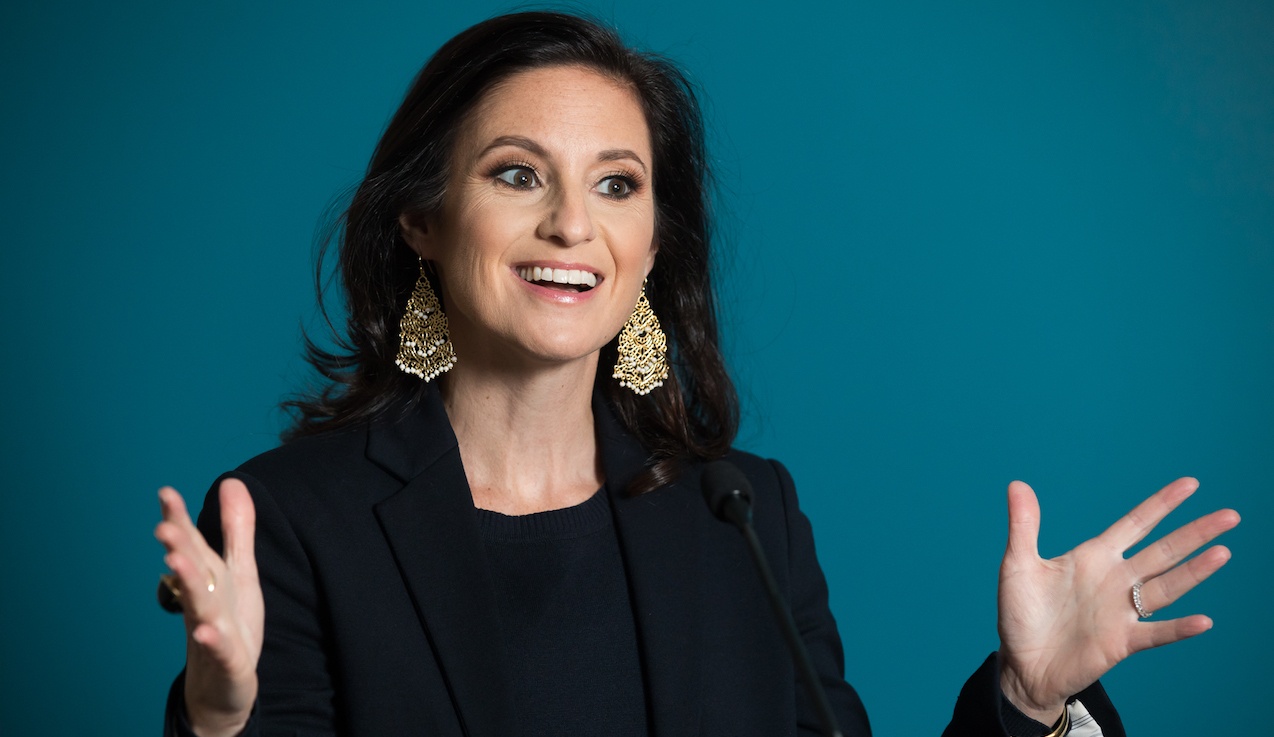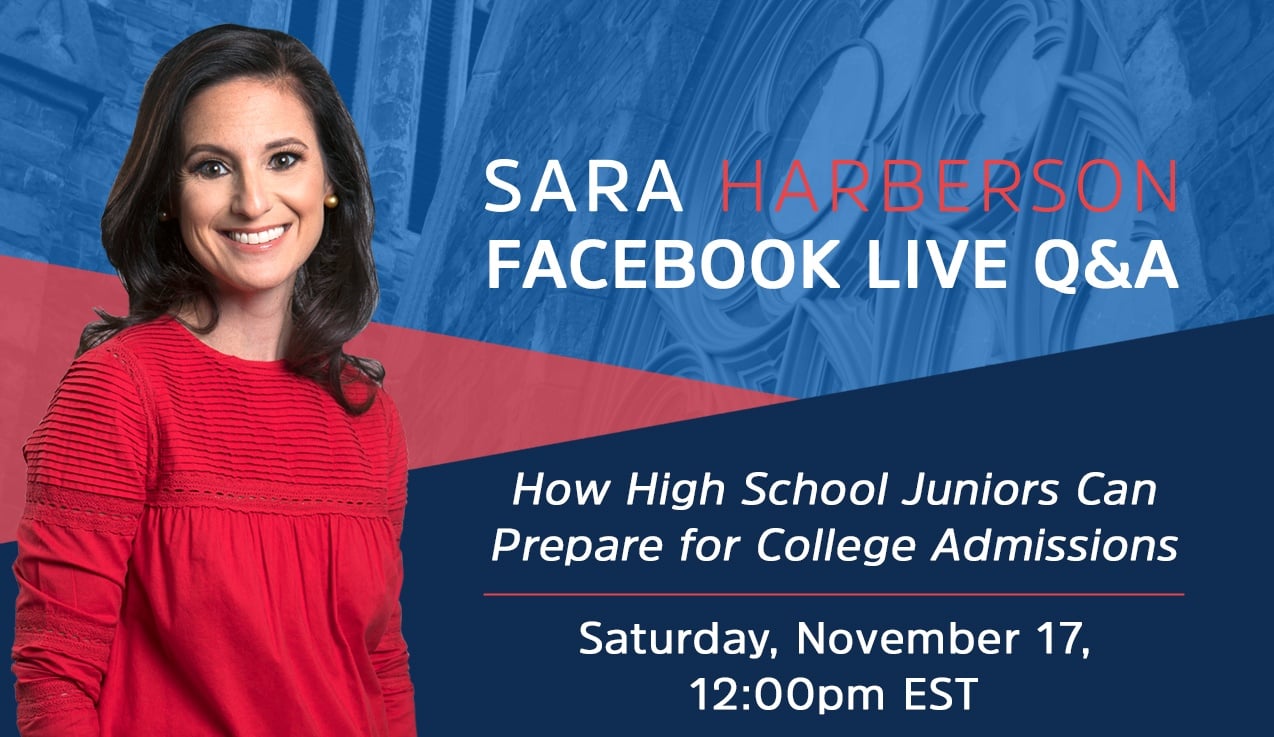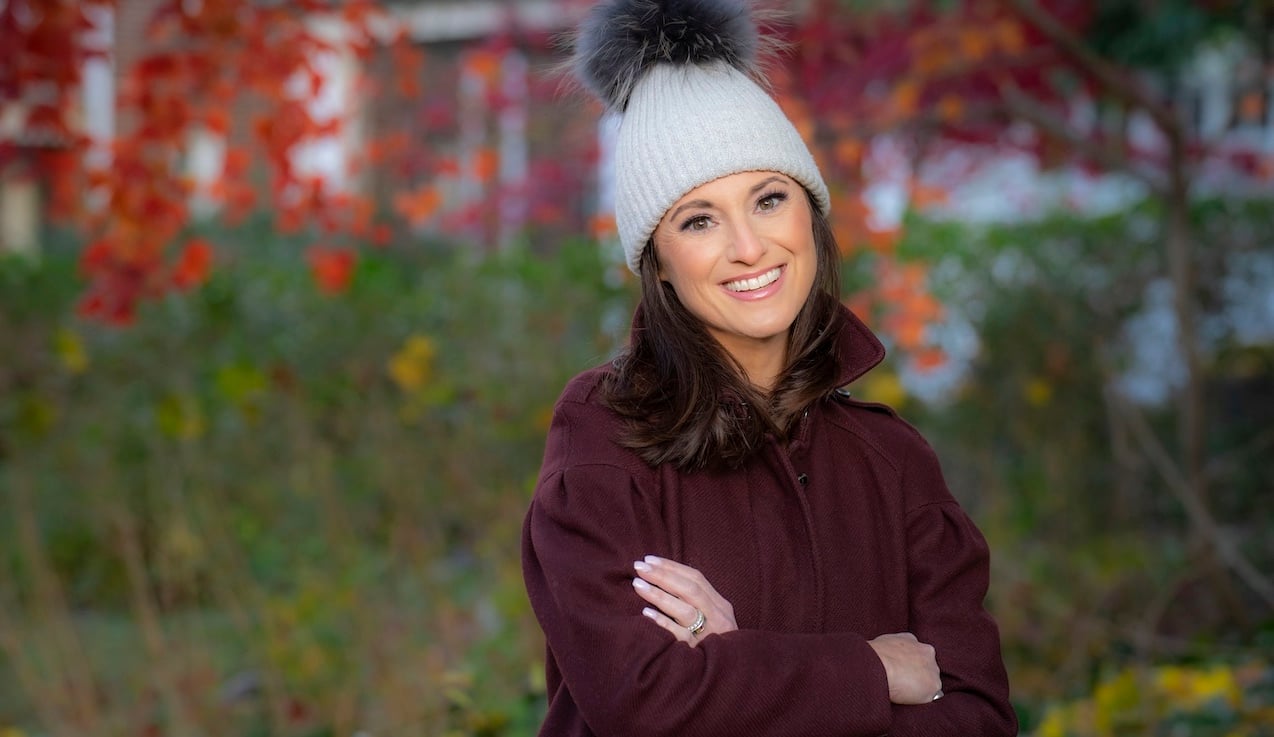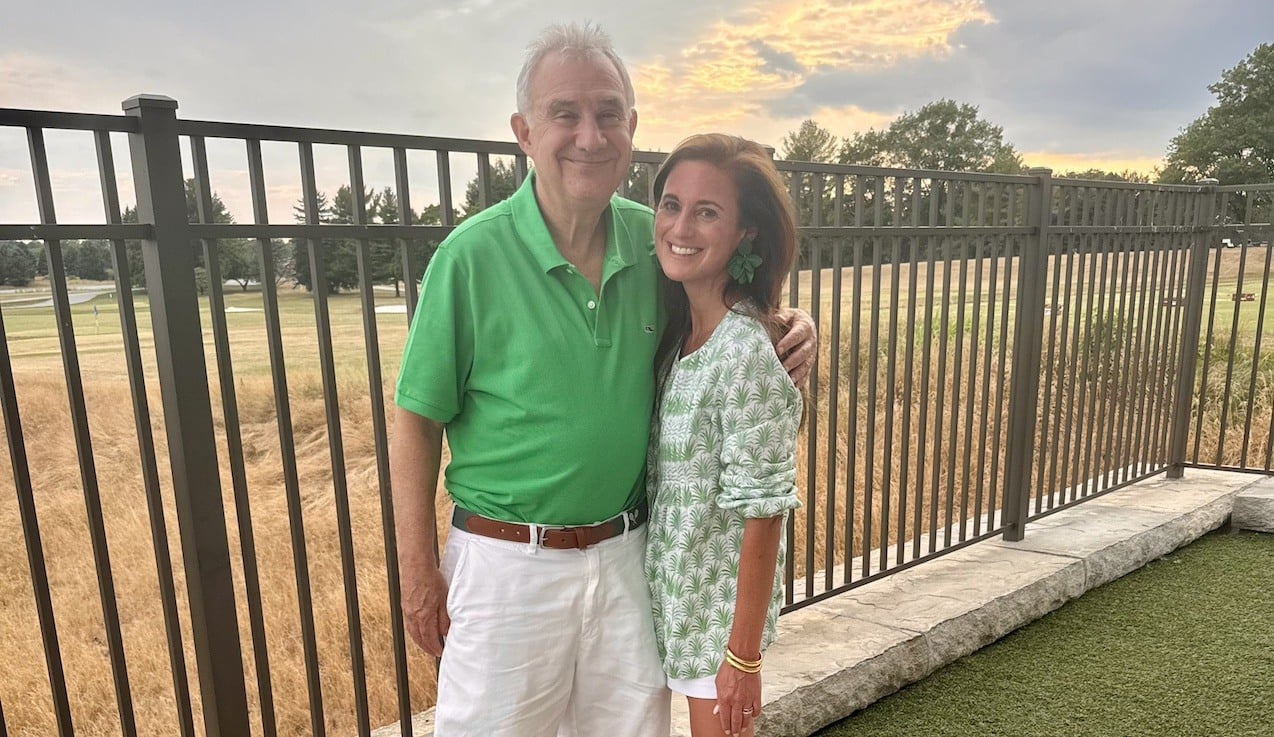If you had $1.8 billion dollars, what would you do with it? Buy an island? A fleet of fancy race cars? Or maybe a yacht?
Michael Bloomberg decided not to buy anything. Instead he chose to donate $1.8 billion to his alma mater, Johns Hopkins, for the sole purpose of making undergraduate education more affordable. This is the largest individual gift to a college in the history of higher education. The news broke this past weekend, just days before Thanksgiving. It sounds corny, but I cried when I saw this news. This issue runs deep for me.
When I became an admissions officer at an Ivy League university with an unlimited financial aid budget and a powerful need blind admissions policy, I was inspired. We never had to worry about whether a student could afford the high price tag of tuition. We were able to meet every student's demonstrated need 100%. Need blind admissions means that a student's ability to pay never factors into the admissions process.
When I proposed to move more of our budget into need based financial aid in the hopes of making the educational opportunity more realistic for all students, the president, board of trustees, and community looked at me like I had three heads. I spent the next several years desperately trying to make the admissions process fairer for all students and trying to increase our financial aid budget. It was an uphill battle that I ultimately lost. The timing wasn't right and the community was outraged by my radical ideas at the time."Need aware colleges hold students who need #FinancialAid to a higher standard than students who can afford the full tuition amount." TWEET THIS
I have never given up, though. I often write and speak about the rising cost of tuition and the debt our kids take on to attend college. I make my resources, guides, and videos free to all families. I know that the students applying to Johns Hopkins University will benefit from their newly minted need blind admissions policy and generous financial aid program, but most students applying to college won't.
What does it take to put these colleges to task? How much debt does a young person have to bear to get a college education? How come colleges aren't up front about their admissions and financial aid policies? What can we do?
We are consumers. We have more power than one might think. We can demand the answers to the following:
- Is this college need aware? To what extent? This should be listed on their admissions and financial aid website front and center.
- Will my need based package decrease once I enroll? These colleges trick you into thinking your package will get better not worse. When, in fact, many get worse despite a student needing more aid each year.
- What percentage of students are on need based financial aid (as opposed to merit aid which is not influenced by ability to pay)? What's the average need based financial aid award? When a college removes merit aid from these statistics, families will be surprised by how little is given to those who need it.
Want to know how to negotiate your financial aid package? Read this.
In this week of giving thanks, it's important to recognize just how powerful Bloomberg's donation is. It all comes down to how you spend your money, not only billionaires but wealthy colleges. My alma mater, Hamilton College, made the investment to have a need blind admissions process many years ago. The quality of the student body increased (not only due to the students who needed financial aid but those who didn't), and the sheer grit of its students propelled them far beyond the little college on a hill. I am living proof.
Thank you, Hamilton College. Thank you, Michael Bloomberg. Thank you to all the colleges who make education available to the most deserving students regardless of ability to pay.












